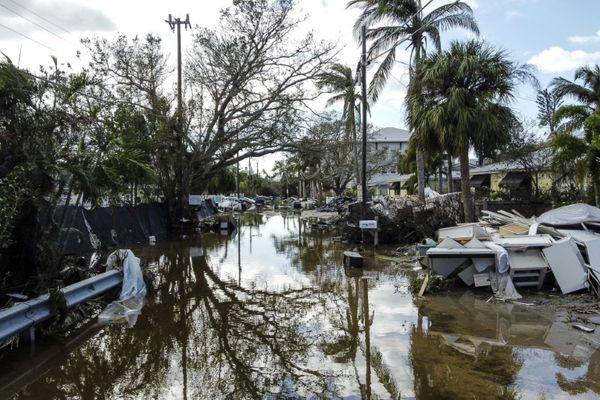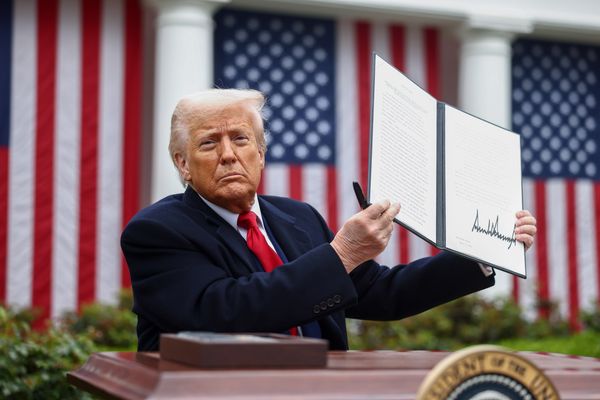
Adani has been aggressively expanding into new sectors, with his latest foray into the cement sector through a $6.5 billion acquisition of Ambuja Cements Ltd and ACC Ltd, instantly making the group the second-largest cement maker in the country.
The group also announced entry into the alumina and iron ore business with an investment of up to ₹57,575 crore. Starting as a commodities trading company in the late 1980s, the Adani group has, over the years, added ports, airports, power, renewable energy, gas distribution and data centre business to its portfolio.
“As a group, we will invest over $100 billion of capital in the next decade. We have earmarked 70% of this investment for the energy transition space. We are already the world’s largest solar player and intend to do far more. In this context, Adani New Industries is the manifestation of the bet we are making in the energy transition space. It is our commitment to investing $70 billion in an integrated hydrogen-based value chain," Adani said at The Forbes Global CEO Conference 2022 in Singapore.
Adani’s plans in the energy transition space include adding 45 gigawatts (GW) of hybrid renewable power generation capacity to augment its current capacity of 20GW.
He added that this would lead to the commercialization of three million metric tonnes of green hydrogen, with the group building three gigafactories in India.
The group is also building a 10GW silicon-based photo-voltaic value chain that will be backwards-integrated from raw silicon to solar panels, a 10GW integrated wind-turbine manufacturing facility, and a 5GW hydrogen electrolyzer factory.
“Today, we can confidently state that we have a line of sight to first—become one of the least expensive producers of the green electron—and thereafter—the least expensive producer of green hydrogen. It is an absolute game changer for India and opens up the unprecedented possibility that India could one day become a net energy exporter," Adani said.
Adani added that the group’s ambitions in digital transformation also seek to benefit from the energy transition adjacency.
“The Indian data centre market is witnessing explosive growth. This sector consumes more energy than any other industry in the world, and therefore, our move to build green data centres is a game-changing differentiator," he said.
The group plans to interconnect these data centres through a series of terrestrial and globally linked undersea cables drawn at its ports and build consumer-based super-apps that will bring hundreds of millions of Adani’s B2C consumers into one common digital platform.
“Once done, the monetization possibilities are endless. We also just finished building the world’s largest sustainability cloud that already has a hundred of our solar and wind sites running on it—all off a single giant command and control centre that will soon be augmented by a global A-I lab. These are just a few of the adjacencies that are being mainstreamed at our digital businesses at Adani," he said.
Adani added that India is set to witness multi-decade growth tailwinds, making it a relatively bright spot in the global economy amid the current turbulent environment.
“The real India growth story is just starting. This is the best window for companies to embrace India’s economic resurgence and the incredible multi-decade tailwind the world’s largest and most youthful democracy offers," the billionaire said.







